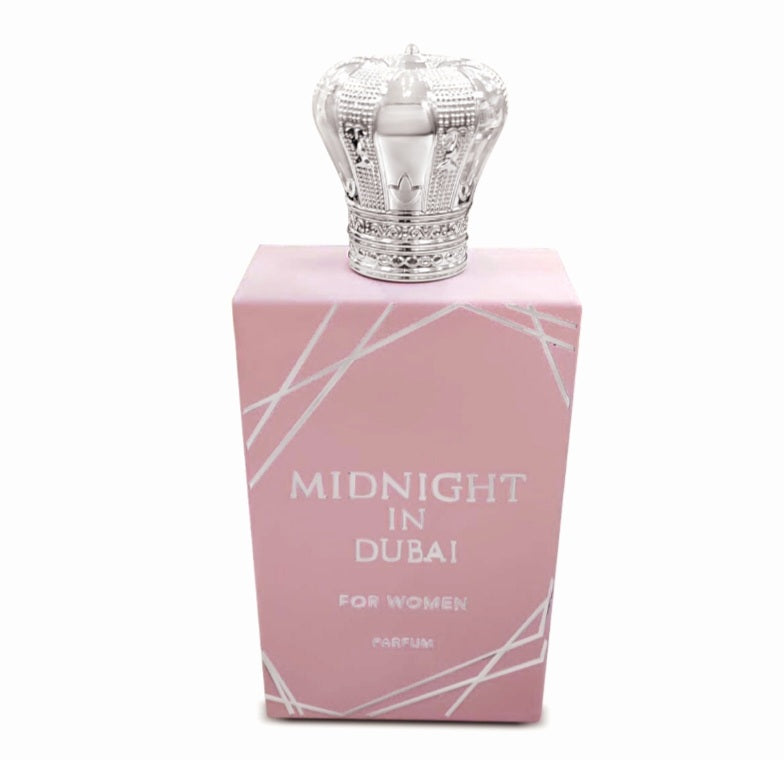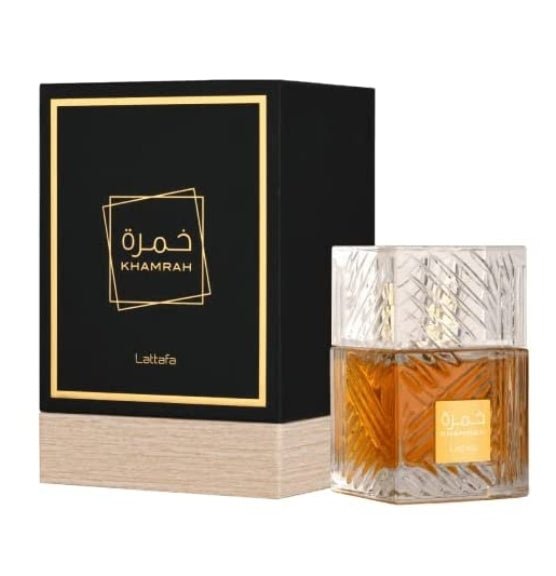Top Dubai Perfumes to Elevate Your Scent Collection
Experience the Rich, Exotic Fragrances of Dubai Perfumes
The perfumes of Dubai represent a special confluence of tradition and modernity, where the popular significance of oud offers as a foundation for a diverse range of scents. Each artisanal production not just mesmerizes the senses however also tells an abundant social heritage, attracting from indigenous active ingredients and time-honored strategies. As we check out the ins and outs of these scents, one must take into consideration how they embody the identity of an area soaked in background and practice. What exists below the surface area of these luxurious blends?
The Significance of Oud
Oud, commonly referred to as "fluid gold," is a fragrant resin acquired from the heartwood of the Aquilaria tree, which is belonging to Southeast Asia and the Center East. This splendid material forms when the tree undergoes a fungal infection, triggering it to create a dark, aromatic material as a defense reaction. The resulting oud is extremely valued for its abundant, complex fragrance account that can vary from sweet and woody to smoky and balsamic, making it a keystone of Middle Eastern perfumery.
Oud has an enduring social value, typically made use of in conventional events and as a sign of deluxe and sophistication. Its allure is not just as a result of its unique aroma however also its rarity; top quality oud can regulate unbelievable rates in the international market. The removal process is labor-intensive, with sustainability worries developing from overharvesting of Aquilaria trees.
In modern-day perfumery, oud has actually transcended its typical limits, motivating a new age of scents that include its distinct notes. Therefore, it has become an important component for both specific niche and mainstream perfume homes, mesmerizing a diverse audience worldwide.
Traditional Attars Clarified
Fragrances crafted in the Middle East frequently incorporate an abundant custom that extends past modern artificial fragrances. These focused fragrance oils are acquired from botanical resources, such as seasonings, flowers, and natural herbs, usually through approaches like heavy steam distillation or enfleurage.
Attars are normally alcohol-free, making them appropriate for numerous cultural practices and choices. They are known for their durability and splendor, frequently lasting for hours and even days after application (Dubai Perfumes). Typical ingredients include sandalwood, climbed, jasmine, and brownish-yellow, each contributing distinct notes that harmonize perfectly in each blend

Artisanal Workmanship in Perfumery
The art of crafting perfumes is a precise procedure that needs not just imagination yet likewise a deep understanding of fragrance structure. In Dubai, this artisanal workmanship draws on centuries of practice, where knowledgeable perfumers, called "mukhalliq," mix their experience with an inherent feeling of scent. Each fragrance is a special production, showing the craftsmen's vision and the region's rich cultural heritage.
Artisans begin their job by selecting top notch basic materials, often sourced locally and worldwide. The careful choice process makes certain that each component adds to the scent's complexity and depth. Strategies passed down with generations, such as maceration and purification, are employed to draw out the essence of these products, allowing the perfumer to catch their real personality.
Moreover, the blending process is an art in itself. It includes not just the specific mix of notes yet also the ability to balance staminas and nuances, creating a harmonious fragrance profile - Dubai Perfumes. The end product is a testimony to the craftsmen's ability and dedication, leading to fragrances that are not just products but evocative experiences that tell a story of their beginning and workmanship
One-of-a-kind Ingredients of Dubai Fragrances
Crafted with an extraordinary blend of creativity and tradition, Dubai fragrances are identified by their one-of-a-kind ingredients, most of which are deeply rooted in the region's background and culture. Central to these scents is oud, a Discover More Here resinous wood from the Aquilaria tree, renowned for its rich, complex aroma. Taken into consideration a deluxe, oud is click to read more commonly combined with various other elements to create deepness and class.
One more staple is amber, valued for its warm, pleasant notes that evoke a feeling of comfort. It's regularly incorporated with flavors like saffron and cardamom, adding an unique style that reflects the dynamic markets of Dubai. Floral notes, such as rose and jasmine, also play a considerable role, infusing the perfumes with a fresh, delicate significance that balances the larger base notes.
Furthermore, all-natural oils originated from natural herbs and fruits, such as bergamot and basil, contribute to the overall account, boosting the scents with bright and stimulating undertones. These components, selected for their high quality and cultural relevance, ensure that Dubai scents are not just fragrances yet represent an abundant tapestry of tradition and sensory experience.

Cultural Relevance of Dubai Perfumes
Symbolizing an abundant cultural heritage, Dubai perfumes offer not only as personal adornments however likewise as signs of identity and tradition. In a region where scent plays a crucial duty in day-to-day live and social communications, these scents show the values and custom-mades of Emirati society. Traditionally, the art of perfumery has been an adored craft, passed down through generations, and deeply linked with the area's background.
Fragrances hold significant relevance throughout unique events such as weddings, spiritual events, and cultural gatherings. The act of gifting fragrances is a common technique, showing respect and affection among family and friends. In addition, the unique scents often stimulate memories of heritage, linking individuals to their origins and communal origins.
Additionally, continue reading this Dubai's fragrances are representative of the fusion in between ancient traditions and modernity. As the city ends up being a global center for business and tourism, the scent market has actually developed, mixing standard active ingredients with modern methods. Hence, Dubai perfumes not just represent the significance of the region's cultural identification however also envelop its vibrant spirit, making them a source of pride for citizens and a curiosity for site visitors.
Verdict
To conclude, Dubai fragrances encapsulate an abundant tapestry of cultural heritage and artisanal craftsmanship. The unified mix of oud, floral, and hot notes creates an unique olfactory experience that goes beyond mere fragrance, representing identification and custom. Each aroma acts as a narrative, showing the area's background and values. The one-of-a-kind ingredients and conventional attars add to the attraction of these fragrances, solidifying their importance in both neighborhood and global contexts.
The fragrances of Dubai stand for a distinct assemblage of practice and modernity, where the prominent significance of oud offers as a structure for a varied array of scents.Perfumes crafted in the Middle East commonly incorporate a rich custom that prolongs beyond modern synthetic scents. These fragrances are frequently kept in ornate bottles, mirroring the social significance and aesthetic worth of the fragrance itself.The art of crafting fragrances is a precise process that requires not only creativity but additionally a deep understanding of scent structure.Symbolizing a rich cultural heritage, Dubai perfumes offer not only as personal accessories yet additionally as signs of identity and tradition.